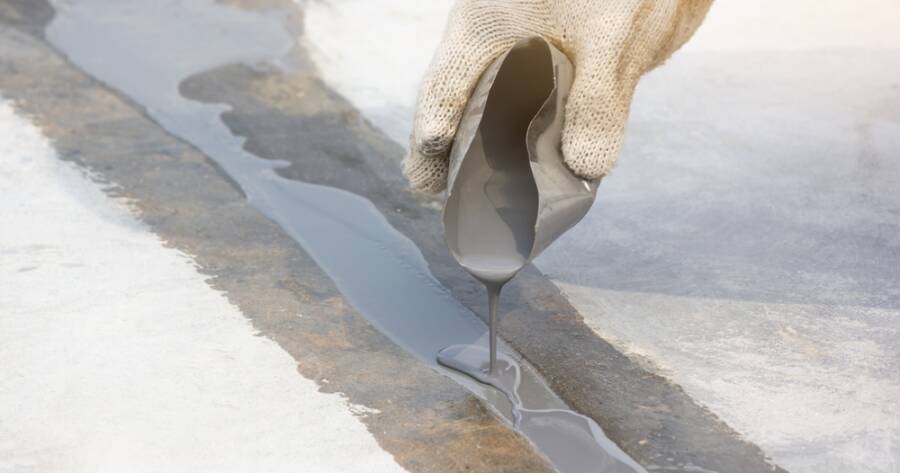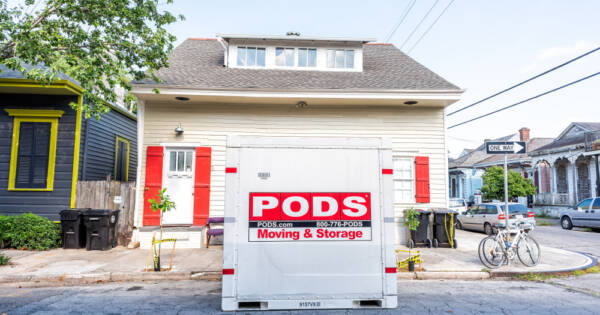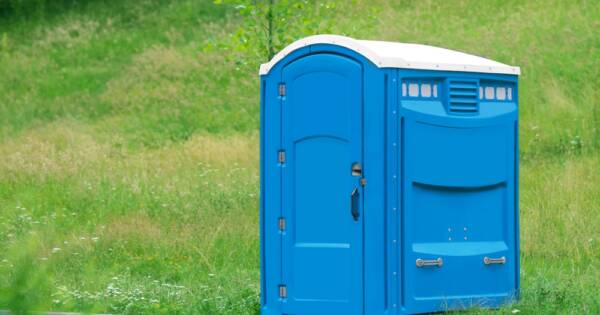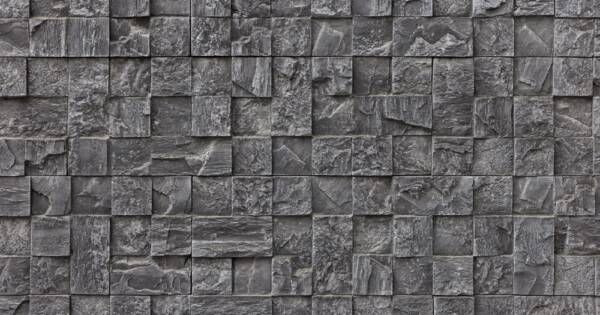Concrete cracks, though common, pose risks like water damage and surface deterioration. Understanding preparation techniques, selecting appropriate repair methods, and applying them skillfully are crucial for durable repairs. Key considerations for long-term success include routine maintenance and addressing underlying moisture issues. Understand effective DIY crack repair that can extend the life of concrete surfaces.
Understanding Concrete Cracks and Their Impacts
Concrete is prized for its durability; however, it is still susceptible to cracking due to a variety of reasons like uneven drying, shrinkage, and temperature fluctuations. These cracks present significant concerns as they can lead to water damage, pest infestation, and further deterioration of the surface. Addressing these cracks promptly is not merely cosmetic but imperative for maintaining structural integrity.
Preparing for Effective DIY Concrete Crack Repair
Successful DIY concrete crack repair hinges on meticulous preparation. Initial steps include cleaning the crack to remove debris and dust, which is crucial for ensuring good adhesion of the repair material.
It is recommended to use a wire-bristle brush or a vacuum to cleanse the area thoroughly before proceeding with repair. For wider cracks, additional measures such as using a foam backer rod or sand can shape the bead and prevent caulk wastage.
Choosing the Right Repair Methods and Products
Various methods and products are available for repairing concrete cracks. Choosing the right one depends on the crack size, location, and desired outcome. Flexible concrete caulk and fillers are recommended for outdoor areas like driveways and sidewalks due to their ability to adapt to natural movements.
For cracks larger than ½ inch, materials such as DAP Ready-Mixed Concrete Patch offer durable solutions by resisting elements like oil and grease and providing a gray finish matching the concrete.
Application Techniques for Durable Repairs
Applying the repair material correctly is crucial to ensuring durability. Use caulking guns for sealants or a trowel for patching compounds to ensure a smooth application.
On exposed repairs, covering with plastic for 24 hours protects them while curing. For aesthetic continuity, techniques like using a putty knife for smoothing the application can make a significant difference.
Key Considerations for Long-Term Repair Success
The longevity of a concrete crack repair depends on multiple factors, including material quality and thorough surface preparation. Routine inspections and resealing every few years can significantly prolong repair life.
Moreover, addressing moisture problems such as poor drainage ensures future cracks are minimized. A comprehensive understanding of the repair methods and products also plays a vital role in achieving a long-lasting repair.
Learn More About Concrete Crack Repair
Performing DIY concrete crack repair is a valuable skill that not only enhances the appearance of your surfaces but also prevents potential hazards like uneven settling and freeze-thaw damage. Understanding the different crack repair methods and their applications enables homeowners to make informed decisions, saving time and reducing costs. Learning about the techniques and materials offers the additional reassurance of maintaining and extending the life of your concrete surfaces efficiently.
Sources
Explanation on choosing flexible concrete caulk
Instructions on cleaning and applying patch materials





